What is an HID replacement lamp
An HID replacement lamp is an LED retrofit lamp designed for one-for-one replacement of a high-intensity discharge lamp, with no or minimal modifications to the existing fixture that it houses. It emulates the physical specifications, optical distribution and luminous flux of the HID lamp to be replaced while operating on a different technology platform to enhance the value of an HID fixture. Over the past decade, the push for energy efficiency and sustainable development in many parts of the globe has led to ever-tightening energy codes aimed at phasing out resource-intensive lighting technologies. The two basic ways to upgrade the existing lighting infrastructure are retrofit and redesign. For projects pressured by tight budgets, retrofit is often the first choice because it is minimally disruptive and involves only lamp replacement, although simple electrical rewiring to bypass the ballast is often necessary. With redesign, however, new luminaires, new circuits and controls need to be installed.
HID lighting
HID lighting had been a standard in industrial and outdoor lighting for many decades. The technology is typically used when a light fixture is required to produce a large volume of lumens at a high luminous efficacy. HID lamps used to be the workhorse light source for high bay and low bay lights installed in manufacturing, warehousing, and indoor sports facilities. In outdoor applications, HID lamps raised the bar for sports floodlighting, area lighting and street lighting. These gas discharge lamps operate by initiating an arc discharge between two electrodes located at opposite ends of an arc tube with a gaseous fill, and they require a ballast to ignite the arc and regulate voltage and current.
The two commonly used types of HID lamps are metal halide (MH) and high pressure sodium (HPS). A metal halide lamp generates light through the discharge of an electric arc in a gaseous mixture of vaporized mercury and metal halides such as sodium, scandium, indium and dysprosium. It can be probe-start or pulse-start. A probe-start MH uses a bimetal switch to disconnect the starting electrode once the lamp is warmed up. A pulse-start MH applies a high voltage pulse directly across the electrodes to start the lamp. This configuration allows pulse-start MH lamps to outperform probe-start MH lamps with respect to strike and restrike times, lumen maintenance and lamp life. Ceramic MH lamps (CMH) are an improved version of pulse-start MH lamps. They have better color rendering, color stability and luminous efficacy. HPS lamps produce light by passing an electrical discharge through sodium vapor operating at high pressures and temperatures. They are favored for their high efficacy, good lumen maintenance and long life, but their use is limited to outdoor lighting due to their poor color rendering.
Advantages to HID lighting pale in comparison to its life cycle cost
The use of HID lamps, despite their advantages over previous technologies, is arguable for a number of reasons. With HID lighting, there’s little possibility of balancing between color quality and lamp efficacy. Even when the focus is on energy efficiency, the relatively high source efficiency of HID lamps doesn’t translate to meaningful energy effectiveness because of the poor optical efficiency. Luminaires that incorporate HID sources are generally about 70% to 85% efficient at optical delivery. Lumens produced by these high-intensity nearpoint sources are not uniformly distributed over the target plane. This, in turn, results in reduced application spacing and increased use of luminaires required to illuminate effectively the defined area.
Perhaps the biggest vulnerability of HID lighting with regards to energy efficiency is that the gas discharge lamps are natively are incompatible with occupancy sensors and digital controls. HID lighting systems have to be turned on round-the-clock. Long strike/restrike times and short lamp life with short duty cycles deprive them of the ability to implement adaptive control strategies that can maximize energy savings.
HID lamps have only moderate life spans of about 10,000 to 20,000 hours. Some may have rapid lumen depreciation at one-third of normal lamp life. These lamps can present a potential fire hazard. Group re-lamping is required at the end of the stated life in order to avoid catastrophic failures. When all those factors are taken together, advantages to HID lighting pale in comparison to its life cycle cost.
LED lighting pushes the boundaries of ROI
As the world grapples with the dual energy challenge of complying with efficiency standards and implementing decarbonization programs, a complete technological switchover to LED lighting is clearly in order. By stimulating electron-hole recombination across a semiconductor bandgap to convert electric energy to light, LED lighting established its supremacy over its rivals and offers a number of advantages to improve the performance and value of traditional lighting systems.
Energy efficiency begins with the light source. The luminous efficacy of InGaN white LEDs has surpassed the highest efficacy HID sources by a wide margin and still has significant room to improve. LEDs due their physical nature and optical directionality lend themselves to a greater freedom of optical arrangements, resulting in uniform light distributions with high optical delivery efficiency.
The phosphor-converted LED architecture allows spectral engineering to optimize the spectral power distribution (SPD) for the intended function of the lighting application, which makes it possible to improve both spectral efficiency and color quality.
What impressively sets LEDs apart is their controllability. LEDs can work under any switching frequency controlled by, for example, motion sensors, presence sensors, vacancy sensors or photosensors, without impairment in performance and service life. This ability can be used to unlock the full energy savings potential of smart lighting controls.
The significant energy reduction achieved by taking advantage of opportunities organized within the framework of lighting application efficiency (LAE) enables a short payback period of the investment. The longevity of LEDs opens up new possibilities to build LED retrofit lamps that operate reliably. The maintenance-free operation over an extended lifetime in turn maximizes the return on investment (ROI).
Types of HID replacement lamps
An HID replacement lamp is commonly a self-ballasted LED system in which the LED driver is co-located within the lamp housing. Co-located systems can be divided into two types. UL-Type A HID replacement lamps are plug-and-play LED retrofit lamps that operate off the existing HID ballasts. A retrofit is performed by simply removing the existing HID lamp and replacing it with the LED lamp. No modifications to the existing fixture are required. UL-Type B HID replacement lamps run on mains voltage. The existing ballast must be removed, and line voltage is wired directly to the existing socket.
Retrofitting HID fixtures with UL-Type A LED lamps involves lowest installation cost because no rewiring is required for installation. However, UL-Type A LED lamps are not the usual choice in real-world applications. In order to operate directly off the existing HID ballasts, this type of LED lamp must use additional circuitry to simulate the electrical characteristics of an HID lamp. This not only adds cost to the LED lamp, but also results in the compatibility issue between the LED driver and the HID ballast because not all ballasts are created equal. The additional power loss from the existing HID ballast reduces wall plug efficiency. What’s more, the HID ballast itself may fail within the life cycle of the LED lamp. This scenario is an absolute pain to work with.
Notwithstanding a higher upfront cost due to the rewiring installation, bypassing the ballast and wiring line voltage directly to the socket allow an UL-Type B HID replacement lamp to work completely on its own, without the additional power loss from HID ballast as well as concerns about ballast compatibility and ballast failure. For these reasons, the overwhelming majority of HID replacement lamps are line-powered products.
Design and construction
As an integrated assembly, an HID replacement lamp is typically comprised of one or more LED modules, an LED driver, a thermal management system, a E26/E27 medium screw base or E39/E40 Mogul/Goliath base, and other optical, mechanical and electrical components. The LED module can be an assembly of discrete LED packages on a metal core printed circuit board (MCPCB) or an integrated LED array, with additional thermal, electrical and mechanical interfaces.
In general, LED retrofit lamps have an optical arrangement that replicates the omni-directional light distribution of HID lamps. However, there are exceptions. In applications where the omni-directional HID sources tend to produce high optical losses, the LED replacement lamp may use a more effective optical design to improve optical efficiency.
Omni-directional LED retrofit lamps generally use multiple LED modules to provide an axially symmetrical distribution. Omni-directional lighting can also be provided by single-module LED lamps which use an opal diffuser to spread light in all directions. Diffuse light distribution is usually found in LED lamps that draw less than 100 watts of power.
High wattage systems are generally designed to produce uninterrupted light. These LED retrofit lamps operate at power levels above 100W and can produce a light output of up to 65,000 lumens. Depending on the lighting application, HID replacement lamps may be classified into post top lamps (corn cob lamps), high bay and low bay lamps, shoebox lamps, wallpack lamps, etc.
Light source
The efficiency advantage of LED lighting remains the strongest drive for lighting upgrades. Lamp efficacy accounts for the cumulative effect of its LEDs, thermal management, drive current regulation and optical control. The upper limit of lamp efficacy is determined by source efficacy. The luminous efficacy of an LED is influenced by its package platform and the intended spectral power distribution. The various LED packages used in LED retrofit lamps can be grouped into four major platforms, which are mid-power polymer-based LEDs, high-power ceramic-based LEDs, chip-on-board (COB) LEDs, and chip scale package (CSP) LEDs.
Among these platforms, polymer-based LEDs are petted by lighting manufacturers simply because of their overwhelmingly high efficacy and relatively low cost. The reflective sidewalls around the LED die allow these packages to effectively extract the photons generated from the active region. With luminous efficacies well over 200 lm/W, the use of polymer-based LEDs affords lighting manufacturers the ability to develop retrofit products with very high energy efficiency. However, polymer-based LEDs don’t have the lumen maintenance or color stability comparable to their counterparts which do not use the thermally sensitive package material and have a much lower thermal resistance. Moreover, polymer-based LEDs are more susceptible to electrical overstress (EOS) than ceramic-based high power LEDs and CSP LEDs due to their inherent limitations in the device structure.
With high thermal stability, high efficiency heat dissipation and high EOS robustness, ceramic-based high power LEDs and CSP LEDs provide excellent long-term reliability that allow them to outperform the high efficacy polymer-based LEDs when it concerns the life cycle cost.
Color quality
The tradeoff between color quality and luminous efficacy has remained in photo-converted LEDs which are the dominant sources of white light in all lighting applications. In general, the color rendering performance of the light source is traded for efficacy in retrofitting applications because energy efficiency is usually a priority. HID replacement lamps are frequently designed with a minimum acceptable CRI (color rendering index) which is in 70s for outdoor street lighting applications and 80s for general indoor illumination.
Unless otherwise specified by an application, HID replacement lamps are offered in a high correlated color temperature (CCT) which implies a cool appearance of white light. In both low CRI and high CCT LEDs, only a minimal portion of short wavelength (blue) light is down-converted to longer wavelength light. Reduced wavelength down-conversion translates to a low energy loss. High color rendering and warm white LEDs are considerably less efficient than their counterparts because of the significant Stokes loss from the down-conversion process. In outdoor applications, the use of cool white LEDs may be intended to support scotopic vision. Because of its higher scotopic/photopic (S/P) ratio, cool white light is perceived as brighter than warm white light in low-light conditions (<0.005 cd/m2).
Thermal management
In order to get the legendary efficiency and lifetime benefits out of the LED technology, the thermal load of an LED system must be effectively dissipated and the optimal operating temperature of all the high temperature sensitive components must be maintained at all times and in all operating conditions. The amount of thermal energy that can be removed from the LED packages depends upon the ambient temperature and the thermal resistance in the path from the LED junction to ambient air.
With the advantages of reliability, simplicity and low cost, passive thermal management through natural convection provided by a heat sink is always preferred. Two important aspects of heat sink design to account for are material thermal conductivity and effective surface area of the thermal path. The heat sink is fabricated from a high thermal conductivity material such as aluminum, ceramic or copper. The heat sink geometry is designed to provide a surface area as large as possible for the highest possible capacity of convective heat transfer. Omni-directional LED lamps are surrounded with LEDs. They don’t have sufficient surface areas to provide efficient convective cooling.
When physical constraints constitute a limit to passive thermal management, heat pipes and forced convection created by means of external forces such as fans may be installed to minimize the thermal resistance.
LED driver
LEDs are low voltage, constant current semiconductor devices whose reliability and performance are heavily dependent on the load regulation performed by an LED driver. The constant current LED driver is typically designed as a switching power supply, implementing a single-stage or two-stage topology. It executes many tasks sequentially or in parallel to provide an output matched to the electrical characteristics of the LEDs.
An AC-DC LED driver that is used to operate a Type B LED retrofit lamp includes circuits for input/output voltage detection and handling, power factor correction (PFC), switching regulation, output filtering, overvoltage protection, EMI filtering, galvanic isolation, etc. A two-stage LED driver has a stage dedicated exclusively to PFC to provide the second stage DC/DC PWM sub-circuit with a pre-regulated outputted DC voltage. A single-stage SMPS LED driver uses only one integrated circuit to implement PFC and PWM control. Low cost and low power LED systems generally use single-stage LED drivers which use 30-50% less the number of components when compared with the two-stage counterpart.
While the associated costs for two-stage LED drivers are relatively high, they are indispensable in high power systems that operate at 100 watts or higher. Advantages to the two-stage design in high power LED lighting include high efficiency, high surge immunity, wide operating voltages (universal input voltage capability), low output current ripple, and low EMI radiation.

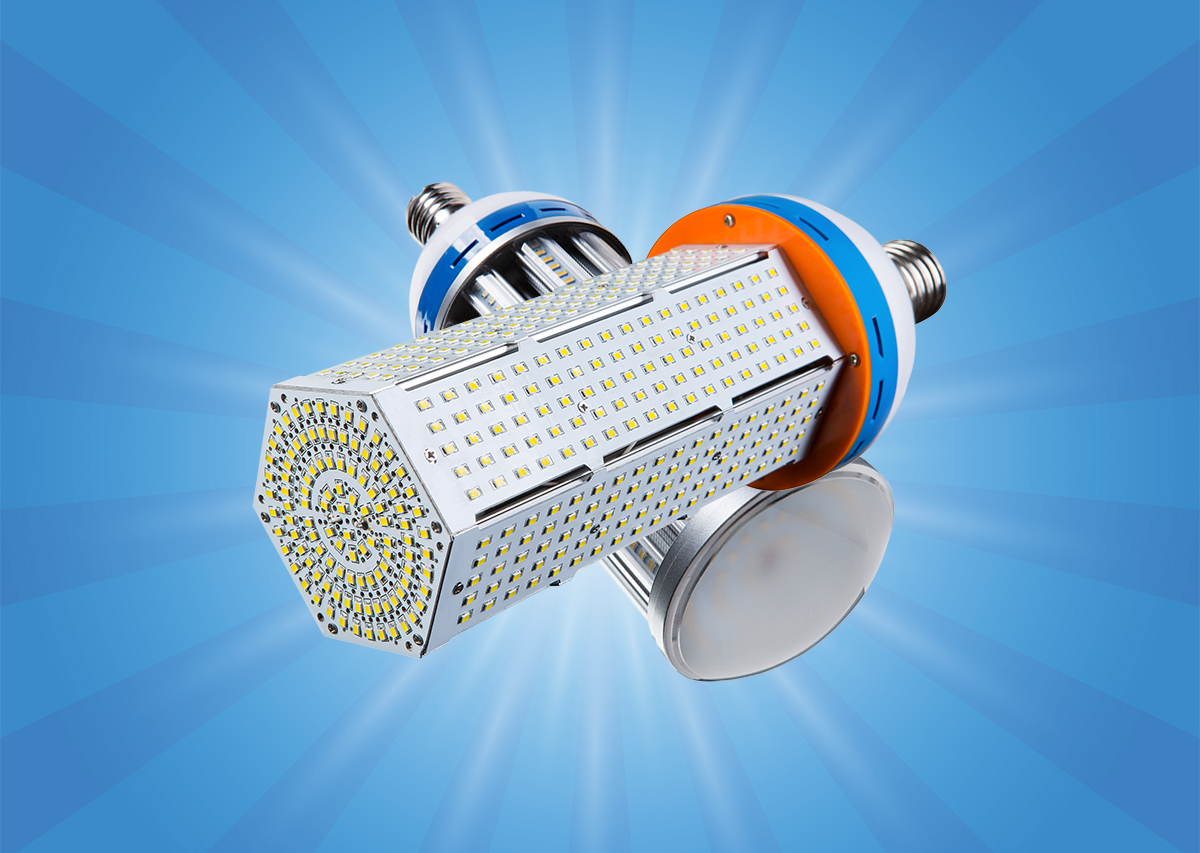

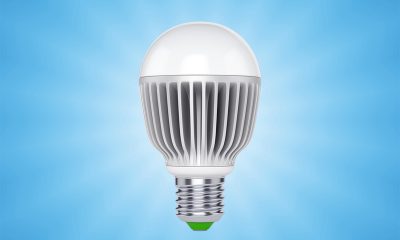

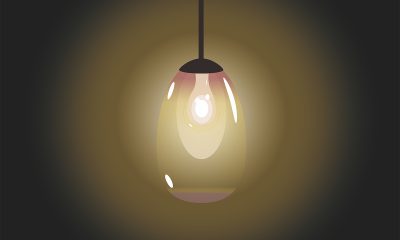

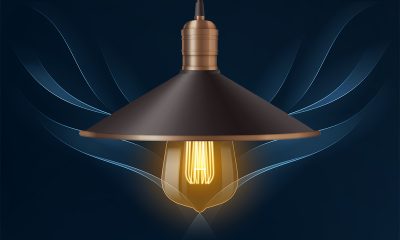

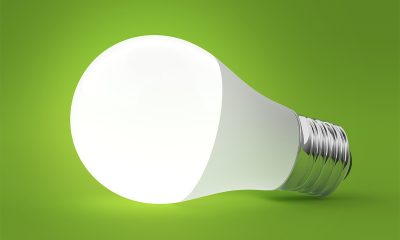
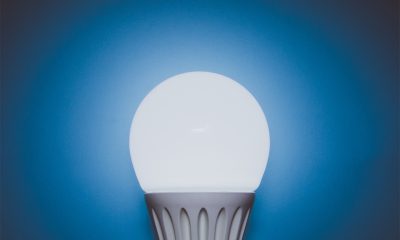


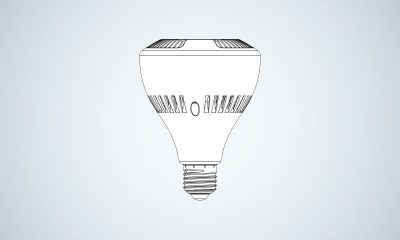





Loading...